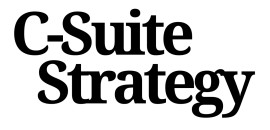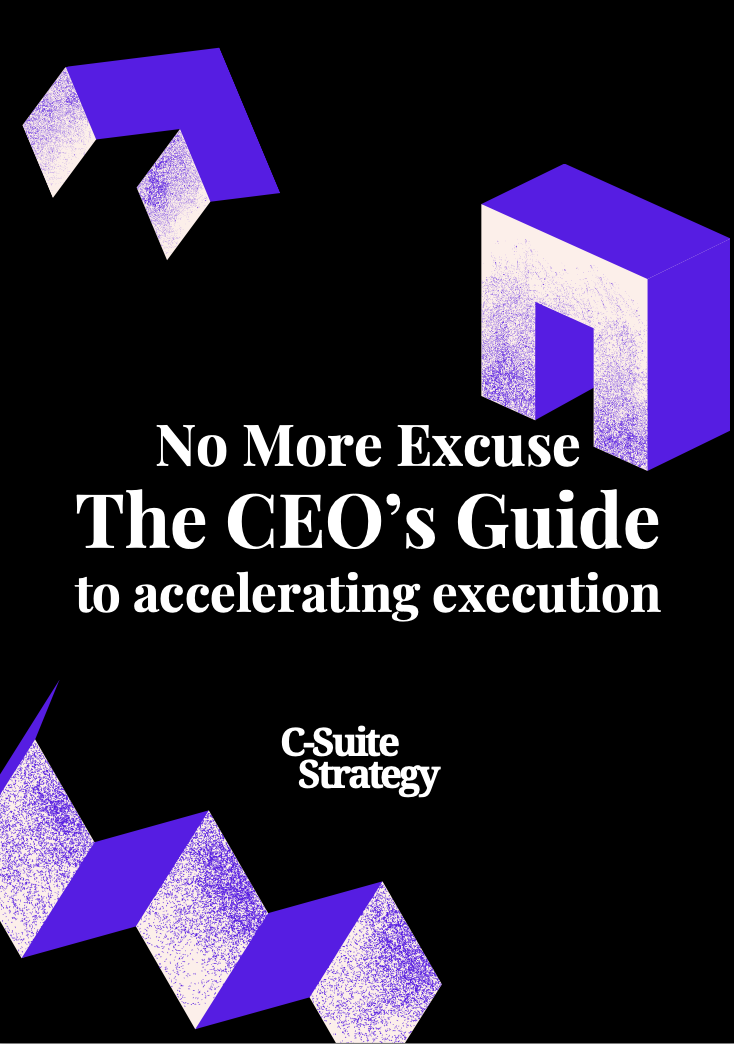Understanding the Vision
Exploring Your Company's Long-term Vision
As a CEO, understanding the company's long-term vision is essential for steering the business toward sustainable growth and success. Engaging your CEO in discussions about this vision can reveal insights into their approach to leadership and decision making. To foster meaningful dialogue, consider these key questions:- What is the ultimate goal for our company in the next 5, 10, or 20 years?
- How do you see our company's values aligning with this vision?
- What role does innovation play in achieving this vision?
Evaluating Market Position
Analyzing Competitive Landscape
In a rapidly evolving business environment, understanding your market position is crucial for your company's growth and sustainability. As a CEO, one of the core responsibilities is to constantly evaluate how your business stands against its competitors. Here are some points to help you navigate this complex landscape:- Understand Market Dynamics: Regularly analyze market trends and dynamics to anticipate changes and adapt strategies accordingly. This includes evaluating consumer behavior and the competitive actions that may influence your company’s standing.
- Differentiate Through Company Culture: Company culture plays a significant role in setting your business apart. A strong, positive culture that aligns with your company values can help attract and retain top talent, ultimately enhancing employee experience and effectiveness.
- Leverage Digital Transformation: In the current digital age, embracing digital transformation can provide a competitive edge. Understanding how technological advancements impact your industry is essential for staying ahead.
- Questions for Your CEO: Regularly engage in conversations on these topics. Relevant questions might be: "How are we leveraging digital tools for competitive advantage?" or "What steps are being taken to sustain our leadership in market innovation?" For more insights on strategic leadership, consider exploring the CEO insights on strategic leadership for business growth.
Assessing Risk Management
{\n \"Risk Management: Crafting Resilient Solutions for Long-term Success
\nIn today’s volatile business environment, understanding how your company approaches risk management is essential for sustainable growth. Thoughtful assessment of potential challenges—economic fluctuations, competitive threats, regulatory changes—helps reinforce the foundation upon which your CEO establishes company strategies. But how effectively is your organization mitigating risks?
\nBegin by probing into the decision making processes to understand company preparedness. Ask questions ceos often consider: How does our risk management framework align with company values and long-term goals? Does it support our digital transformation initiatives effectively?
\n- \n
- Cultural Resilience: Encourage a culture where employees feel secure in voicing concerns about potential risks. Open communication can help identify risks earlier and foster a sense of teamwork and transparency. \n
- Analytical Insights: How is data utilized to evaluate likely threats? Your ceo interview can reveal how analytical tools are deployed to identify trends influencing the market position and strategic direction of the business. \n
- Agility in Action: Understand ceo prioritization of agile methodologies. Flexibility in adapting to market changes can minimize disruptions and enhance stakeholder alignment. \n
Ensure company stability by regularly revisiting and refining risk management strategies. This proactive approach is instrumental in maintaining the trust of stakeholders and securing employee engagement to cover the biggest challenges ahead.
\nFor further insights on sustaining robust risk management practices in leadership, explore how insights from the COO can enhance strategic leadership in a blog post here.
\n}"}Fostering Innovation
New Approaches to Boosting Innovation
In the fast-paced business world, accelerating innovation has proven to be pivotal for maintaining a competitive edge. Engaging your CEO in discussions about innovation requires a focus on how leadership can cultivate an environment where creativity thrives.
Start by exploring how the current company culture supports or hinders innovation. Ask your CEO: What practices are in place to empower employees to think outside the box? Creating a culture where experimentation and occasional failures are seen as opportunities for growth is critical. This not only enhances the overall employee experience but also drives long-term business success.
Furthermore, probe into how your company is adapting to the digital transformation. Technology plays a significant role in innovation, and understanding how your organization leverages digital tools can provide insights into future growth. Inquiry into potential partnerships or collaborations with tech firms might offer new avenues for creativity and advancement.
Additionally, address the allocation of resources towards R&D initiatives. By questioning the adequacy of investments in new projects, you can help your CEO assess whether the company is positioned well to meet future challenges. A strategically balanced approach to funding can significantly impact innovation outcomes.
Lastly, consider the role of employee engagement in fostering innovation. Are your teams encouraged to contribute ideas, and is there a mechanism for recognizing innovative contributions? Encouraging a participative atmosphere will not only enhance employee engagement but also ensure the company remains adaptable and forward-thinking.
Enhancing Employee Engagement
Strengthening Connection with Your Team
Engaging your workforce is not just about ensuring job satisfaction; it's a cornerstone of achieving sustainable growth. The CEO's commitment to enhancing employee engagement plays a pivotal role in fostering a thriving company culture. This effort requires more than just a cursory glance at satisfaction surveys. It demands a comprehensive approach to understanding the needs and aspirations of employees.- Cultivating Open Communication: For a CEO, promoting a transparent leadership approach can encourage a more open dialogue between management and their teams. By facilitating regular check-ins and feedback sessions, employees feel heard and valued, ultimately leading to better work performance.
- Recognizing Employee Contributions: Acknowledging the achievements and contributions of employees often goes a long way. Not only does it boost morale, but it reinforces the alignment of company values with everyday practices. Celebrating individual and team successes can strengthen employee loyalty.
- Encouraging Professional Development: Providing opportunities for growth and development can help employees envisage a long-term career within the company. By investing in continuous learning and upskilling, the CEO ensures the company's adaptability in the face of digital transformation and evolving business landscapes.
Aligning with Stakeholders
Building Bridges with Key Stakeholders
In the intricate web of business, aligning with stakeholders is not just a strategic move; it’s a necessity. CEOs must engage with stakeholders to understand their perspectives and expectations. This alignment helps in steering the company towards its long-term goals, ensuring that everyone is on the same page.
Stakeholders include investors, customers, employees, and even the community. Each group has its own set of priorities and concerns. By addressing these, a CEO can foster a culture of trust and cooperation, which is essential for the company’s success.
Here are some questions to consider when aligning with stakeholders:
- What are the key expectations of our stakeholders, and how can we meet them?
- How can we ensure that our company values resonate with those of our stakeholders?
- In what ways can we improve our communication strategies to better engage with stakeholders?
- How can we leverage stakeholder feedback to enhance our decision-making processes?
Engaging with stakeholders is also about understanding the company culture and the employee experience. A CEO’s approach to leadership should reflect the values and aspirations of the company. This not only helps in enhancing employee engagement but also ensures that the company is moving in the right direction.
Remember, aligning with stakeholders is an ongoing process. It requires time, effort, and a willingness to adapt. But when done right, it can lead to remarkable business growth and success.









-large-teaser.webp)


-large-teaser.webp)

